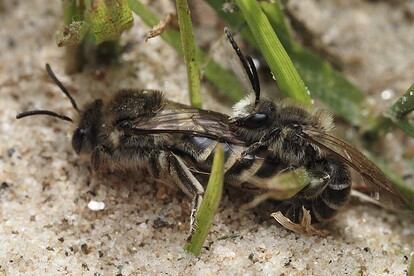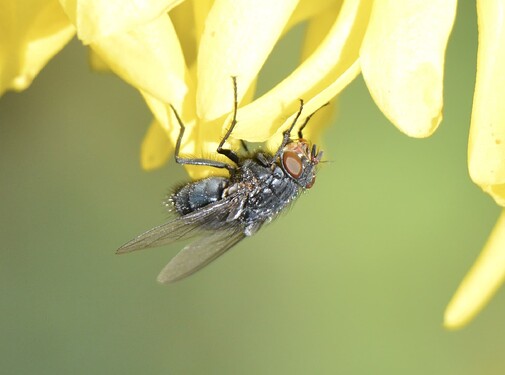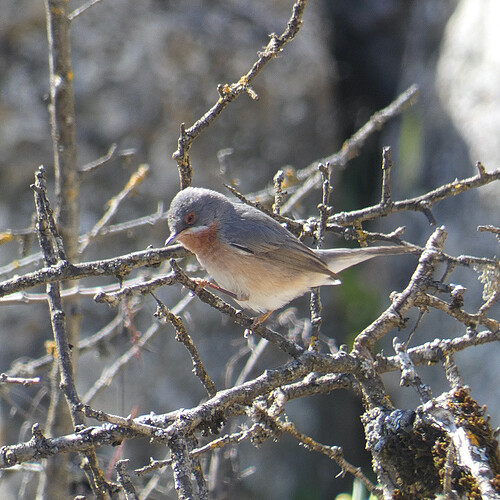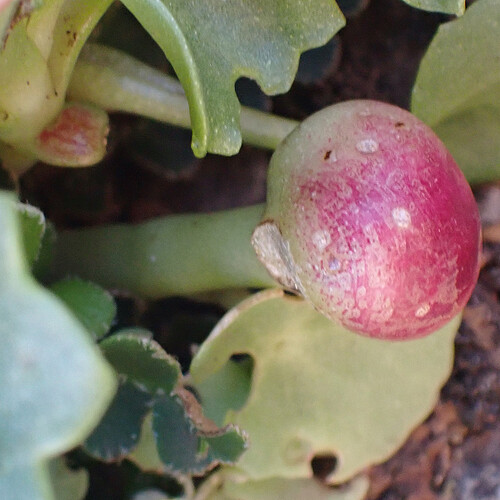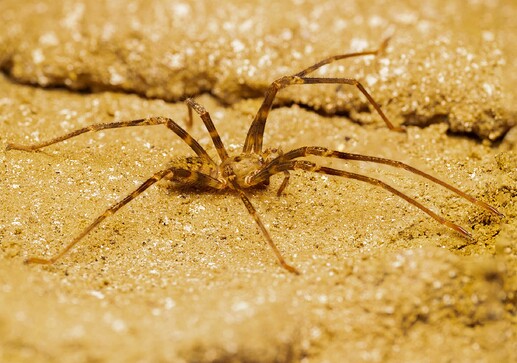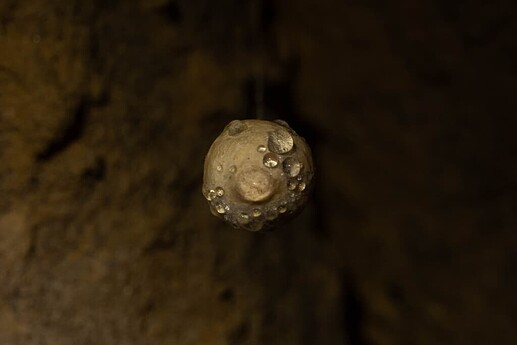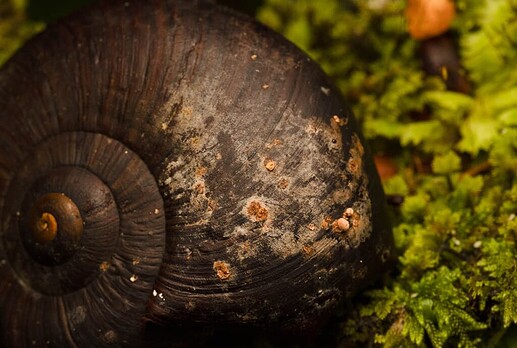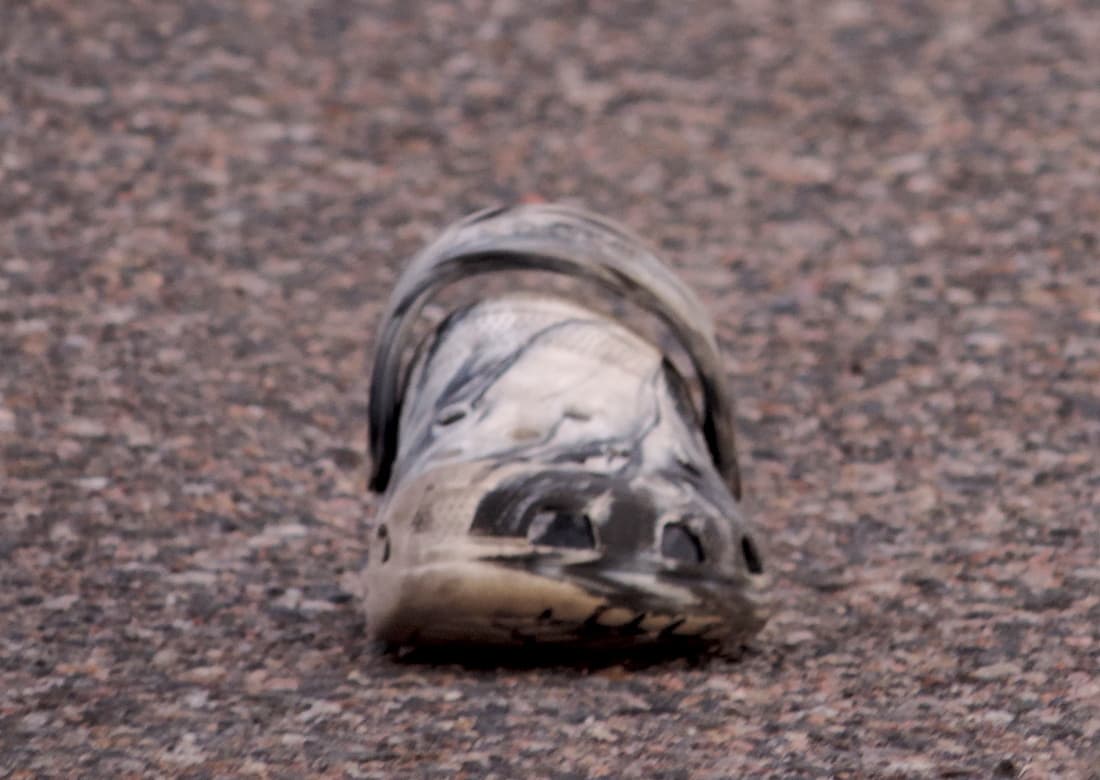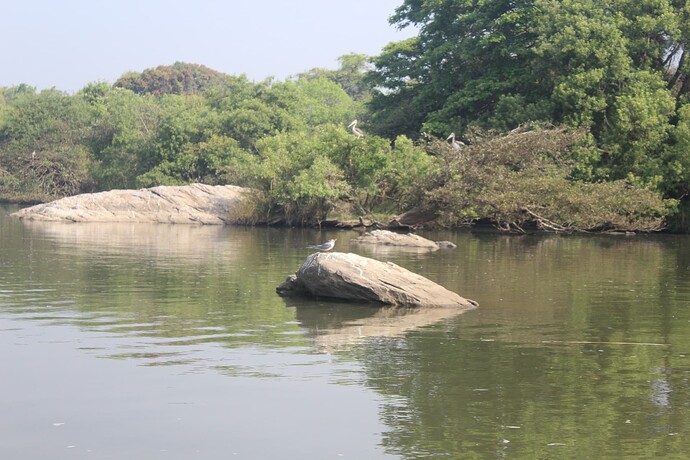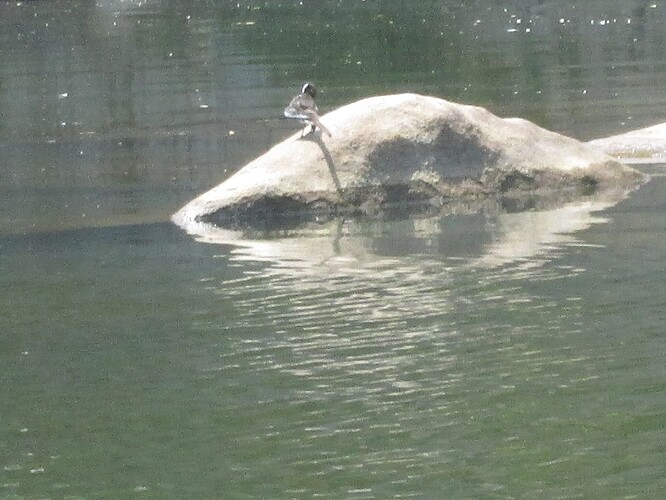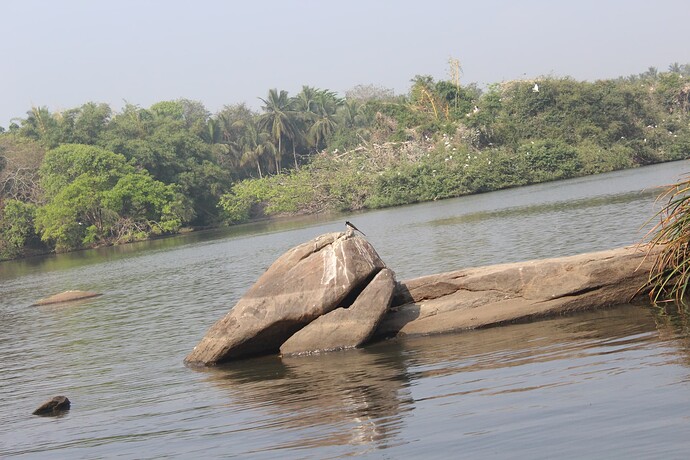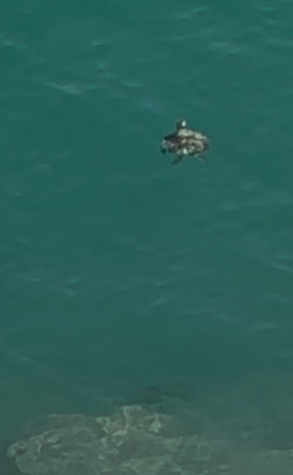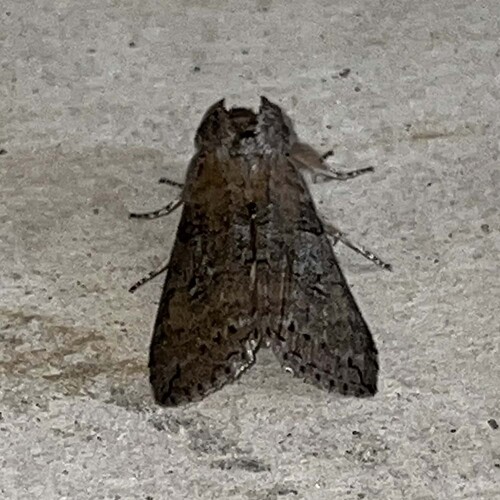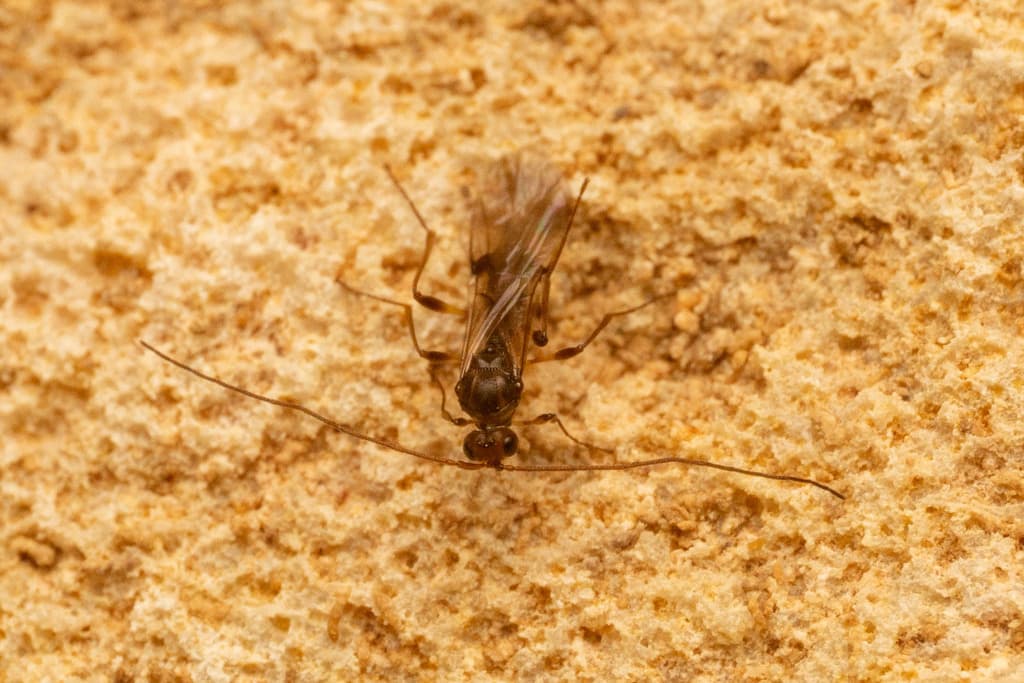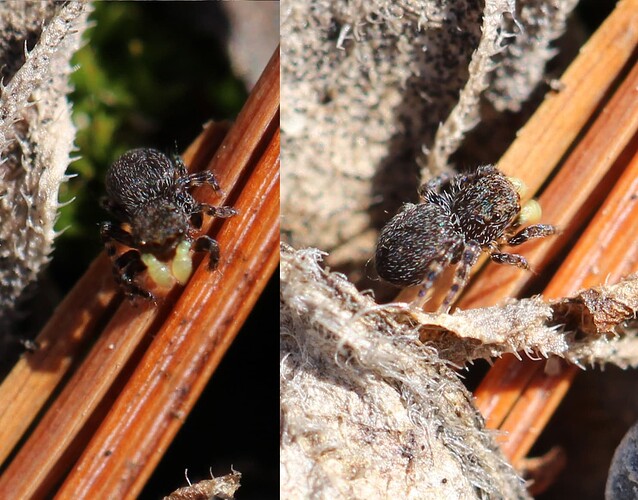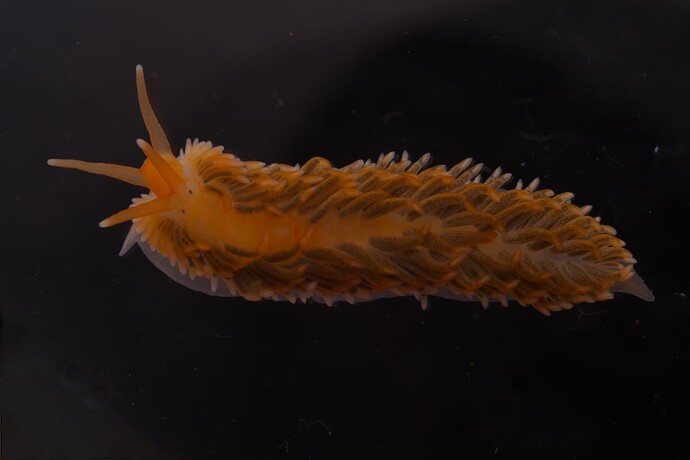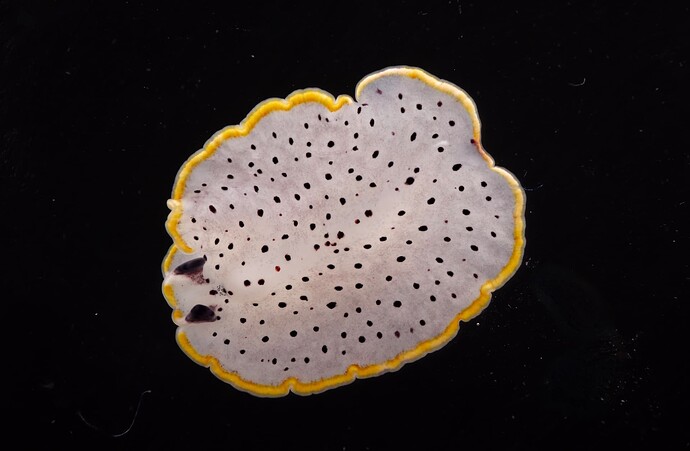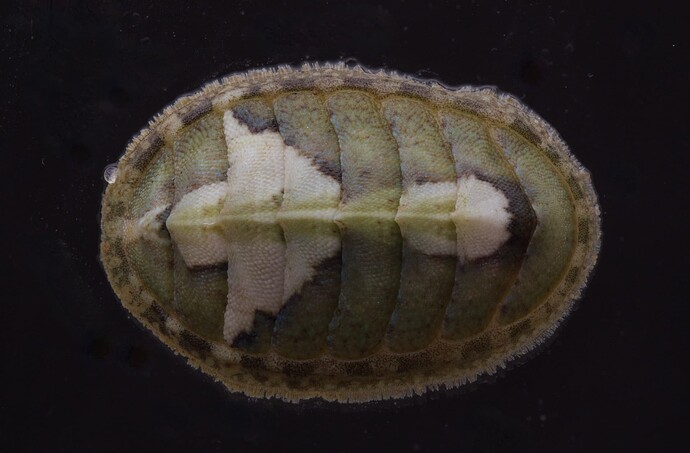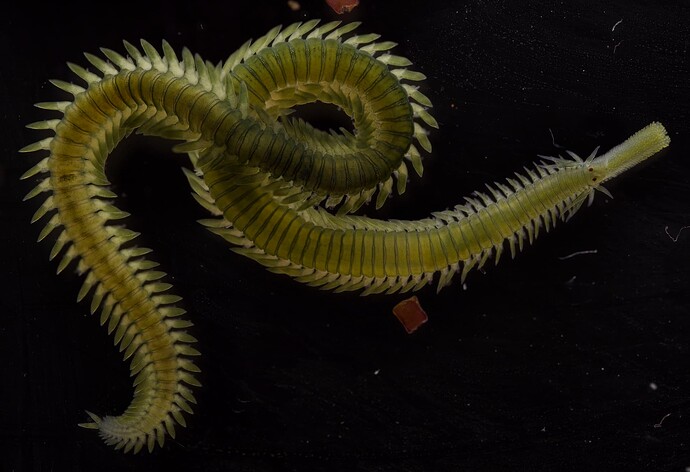Not this week, but last week, I encountered a “bee orgy” on a sandbank during my weekend walk. I returned to that place the next day and the orgy was still happening. The females were busy digging holes in the sand for their nests and the males were busy fighting each other and trying to get some action. Probably took a near 2hr wait just to get a mating pair to stay still enough for more than a few seconds. In situ I thought those were Andrenidae but after checking on iNat it actually is Colletes inaequalis.
https://www.inaturalist.org/observations/267610265
I’ve photographed a handful of insects in my backyard this last week and this Blue Blowfly(?) was one of the better photos I managed to get.
Yesterday I had two lifers - and very different ones, so I can’t choose a favourite.
A beautiful bird: Curruca iberiae
https://www.inaturalist.org/observations/267941495
And a gall made by a beetle: Pericartiellus durieui
https://www.inaturalist.org/observations/267941440
I didn’t know that beetles could induce galls as well
This isnt a true lifer as such because I know I photographed them 8 years ago. But I lost the images after that. So this is my first time since photographing them and uploading.
Nelson Cave Spider Spelungula cavernicola
https://www.inaturalist.org/observations/267873249
Eggs from the above species, but not same individual (Well probably not, plenty of spiders and egg sacks in this cavern)
https://www.inaturalist.org/observations/267873251
Harorepupu aotearoa
https://www.inaturalist.org/observations/267873241
Bit of a different one.
A cleistothecial fungus, known only from the shells of giant land snails of the family Rhytidae , is described as a new genus and species within Onygenales , Harorepupu aotearoa gen. sp. nov. Known only from the sexual morph[…] It is the first species of Onygenales reported from the shells of terrestrial snails. This fungus has been listed as Critically Endangered in New Zealand and has been previously referred to as ‘Trichocomaceae gen. nov.’ in those threat lists. - https://pmc.ncbi.nlm.nih.gov/articles/PMC4500079/
One that’s purely for fun (albeit a few minutes late for the appropriate day):
First observation of a croc at the Rocky Mountain Arsenal National Wildlife Refuge!
Today I saw an invisible rail:
What? Don’t see it? Well, it’s invisible! Duh!
I was unfortunately unable to see the inaccessible island rail. The island it lived on was unfortunatelly inaccessible.
(Sorry for the bad joke, but I had to.)
The invisible rail is on that large rock in the background, behind the tern. Unfortunately you can’t see it because… well, it was invisible. But it is there. Trust me.
I think I’ll take a pass on the rewiring. I like my brain the way it is.
Welcome to the Forum.
You can rewire your brain without use of drugs. You have that power already in your mind.
Genuine question: Is this identifiable to species?
I’ve been able to record quite a few lifers from a small tunnel on the edge of town here and was fortunate to add yet another recently. A bit lucky, too, as it was higher up the tunnel wall than I could comfortably reach with my phone but I decided to try snapping a couple of photos anyway in the hopes that one would be clear enough to lead to a species-level identification.
Neoploca arctipennis | 참빗살뾰족날개나방 | Observation
Hopefully people wont mind too much if I share another lifer from the above trip since I have a new ID and I think its pretty awesome.
Archaeoteleia novaezealandiae
https://www.inaturalist.org/observations/267873244
"Parasitoid of cave weta eggs
Your observation is only the third record for the genus on iNat, the other two being a recent observation of A. mellea in Chile, and A. karere from the Waitakeres."
So first pic of this species on Inat, and 3rd for the genus.
I was checking this week’s photos on my trail cams and saw that I apparently made my first coyote observation! I feel so lucky to have gotten a good photo of it too!
Nice!
This extra adorable jumping spider is my favorite from yesterday. The tiniest jumping spider I’ve seen yet. The “wide” orange bands it’s perched on are actually a set of very narrow, dried out pine needles
Talavera minuta (Minute Jumping Spider)
Aw, that’s one chonky little guy!
Well… Which lifer isn’t my favourite? I was on a marine biology excursion and saw a lot of stuff I wouldn’t have otherwise. So it’s difficult to choose…
Here is a list of 50 (Currently. There’s still some good ones in the backlog…) of my favourite lifers from last week: https://www.inaturalist.org/observations?q=Favourites_Ferrol_2025&user_id=eyekosaeder&verifiable=any
A few highlights:
…and many more.
